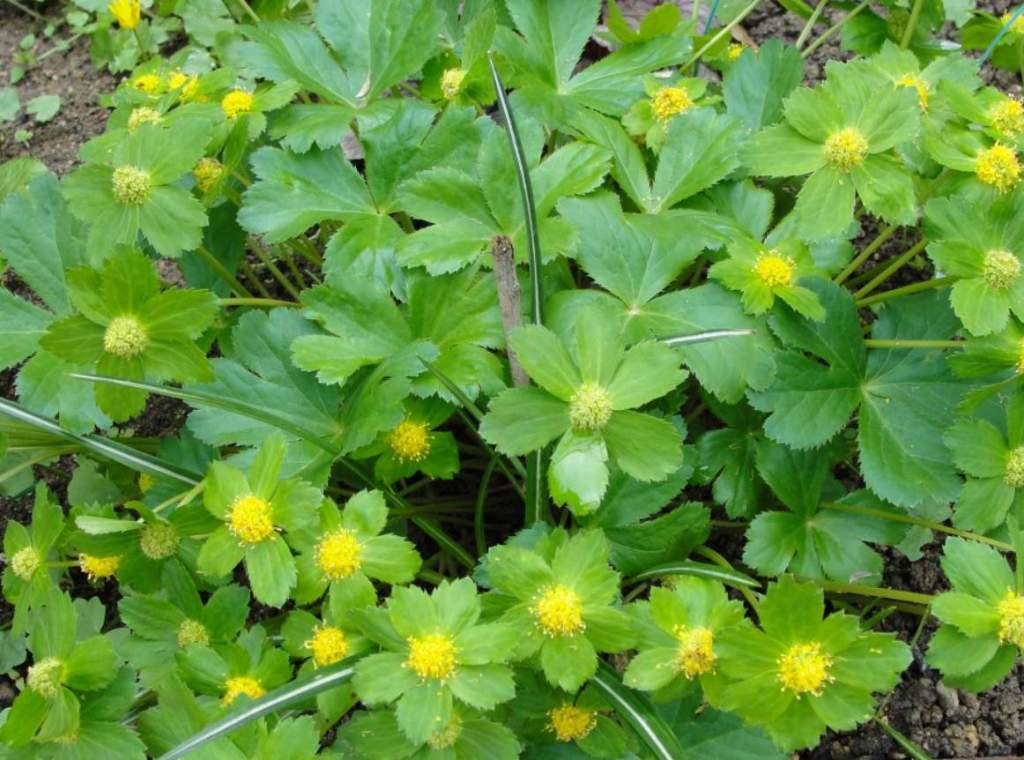Bleeding Tooth Fungus (Hydnellum Peckii) is a type of mushroom that is commonly found in North America, Europe, and Asia. It is known for its distinctive bright red color, which is due to the presence of heme compounds in its tissue. The red sap produced by the Bleeding Tooth Fungus is a result of excess moisture generated through respiration during phases of rapid growth. This phenomenon is known as Guttation These compounds are also found in blood, which is why the fungus is sometimes referred to as “bleeding.”
Bleeding Tooth Fungus is a mycorrhizal fungus, which means that it forms symbiotic relationships with trees and other plants. It is found in coniferous and deciduous forests, growing on the ground in clusters or solitary. The fruit body of the fungus is edible, but it has a bitter taste and can cause digestive upset in some people.

In terms of its appearance, the cap of Bleeding Tooth Fungus is convex and can reach up to 10 cm in diameter. The underside of the cap is covered in small spines, which release the spores of the fruit body into the air when they dry. This can help to spread the fungus’ spores to new areas and establish new colonies.
Hence, Bleeding Tooth Fungus is a fascinating and unique mushroom that can be a valuable addition to any mycologist’s collection. However, it is important to always be mindful of the potential health risks associated with consuming wild mushrooms and to properly identify any species before consuming it.
Bleeding Tooth Fungus has limited practical uses. It is primarily of interest to mycologists, who study fungi, and to naturalists, who are interested in the unique characteristics and habitats of various species. In some cultures, the fruit body of the fungus is considered edible, but it is generally not considered a desirable food source due to its bitter taste and potential to cause digestive upset. Additionally, some people have used the red pigment produced by the fungus as a dye for clothing and textiles. However, due to its limited uses and potentially harmful effects, Bleeding Tooth Fungus is mainly valued for its ornamental and scientific value.
This type of fungus is known for its preference for mature hosts and mountainous or subalpine ecosystems, and it is commonly found in North America, especially in the Pacific Northwest and as far east as North Carolina. In Europe, it is widespread but becoming increasingly rare in countries like Norway, The Netherlands, and the Czech Republic. The first reports of this fungus outside of Europe and North America were in Iran in 2008 and Korea in 2010. There are several species of fungi that are similar in appearance to the bleeding tooth fungus, including:
-
Hydnellum caeruleum – a blue-tinted species found in Europe and North America
-
Hydnellum spongiosipes – a species with yellowish flesh and a fruity odor
-
Sarcodon scabrosus – a species with a scaly cap and a tooth-like surface on the underside
-
Sarcodon imbricatus – a species with a shaggy cap and a spicy odor
-
Phellodon melaleucus – a species with a wrinkled cap and a sweet, fruity odor
It is important to be cautious when foraging for wild mushrooms, and to make sure you can accurately identify a species before consuming it. Read More – The Incredible Devil’s Finger Fungus







